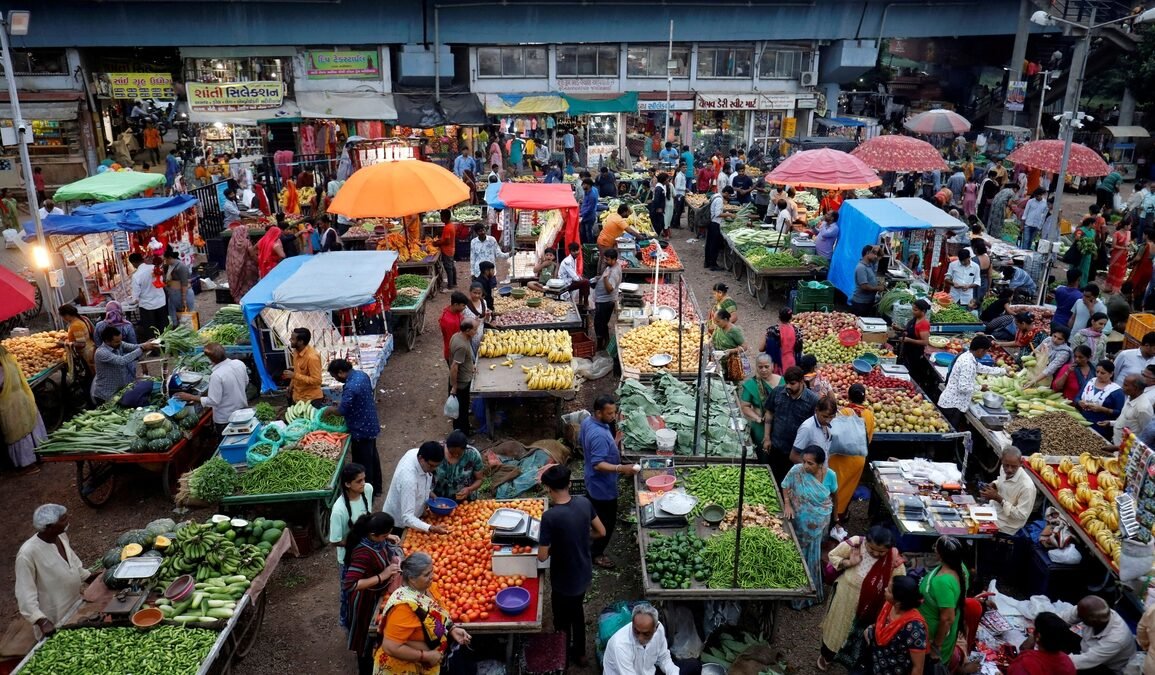India’s Wholesale Price Index (WPI) experienced a 0.73% year-on-year increase in December, indicating a slight rise in inflation within the country’s economy. The WPI is a crucial indicator of changes in wholesale market goods’ price levels. This data provides insights into inflation trends over a 12-month period, comparing prices from the previous year’s December.
WPI and its Impact on the Indian Economy
The increase in WPI reflects changes in the costs of goods’ production and distribution. These changes can ultimately affect retail prices and the cost of living for consumers. The upsurge in the wholesale price index could have various implications for the Indian economy, such as influencing monetary policy decisions by the Reserve Bank of India (RBI), impacting business profit margins, and shaping the overall economic growth trajectory.
Driving Factors and Implications
The consecutive rise in wholesale prices is primarily driven by increased prices of food articles, machinery and equipment, other manufacturing, other transport equipment, and computer, electronics, and optical products. Despite the slower-than-expected increase, food prices’ surge to 5.39% year-on-year contributed significantly to this increment.
Monitoring Inflation Trends
Policymakers, economists, and businesses closely monitor WPI data to understand inflationary trends. This information aids in making informed decisions regarding fiscal and monetary measures. The Consumer Price Index (CPI) for December also reached a four-month high of 5.69 percent. The RBI has maintained stable interest rates while highlighting the potential risks associated with rising food inflation in the last two months of 2023.














